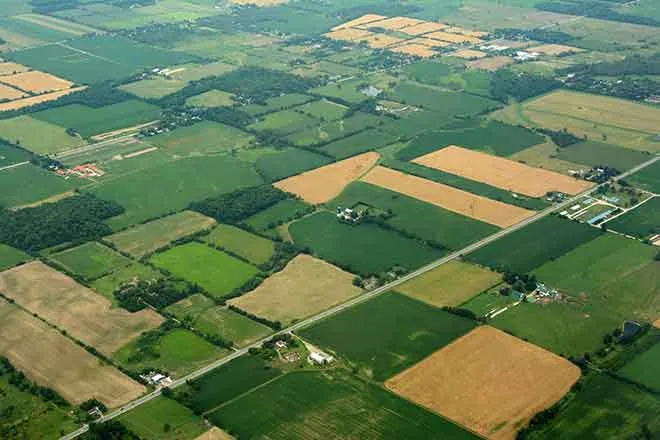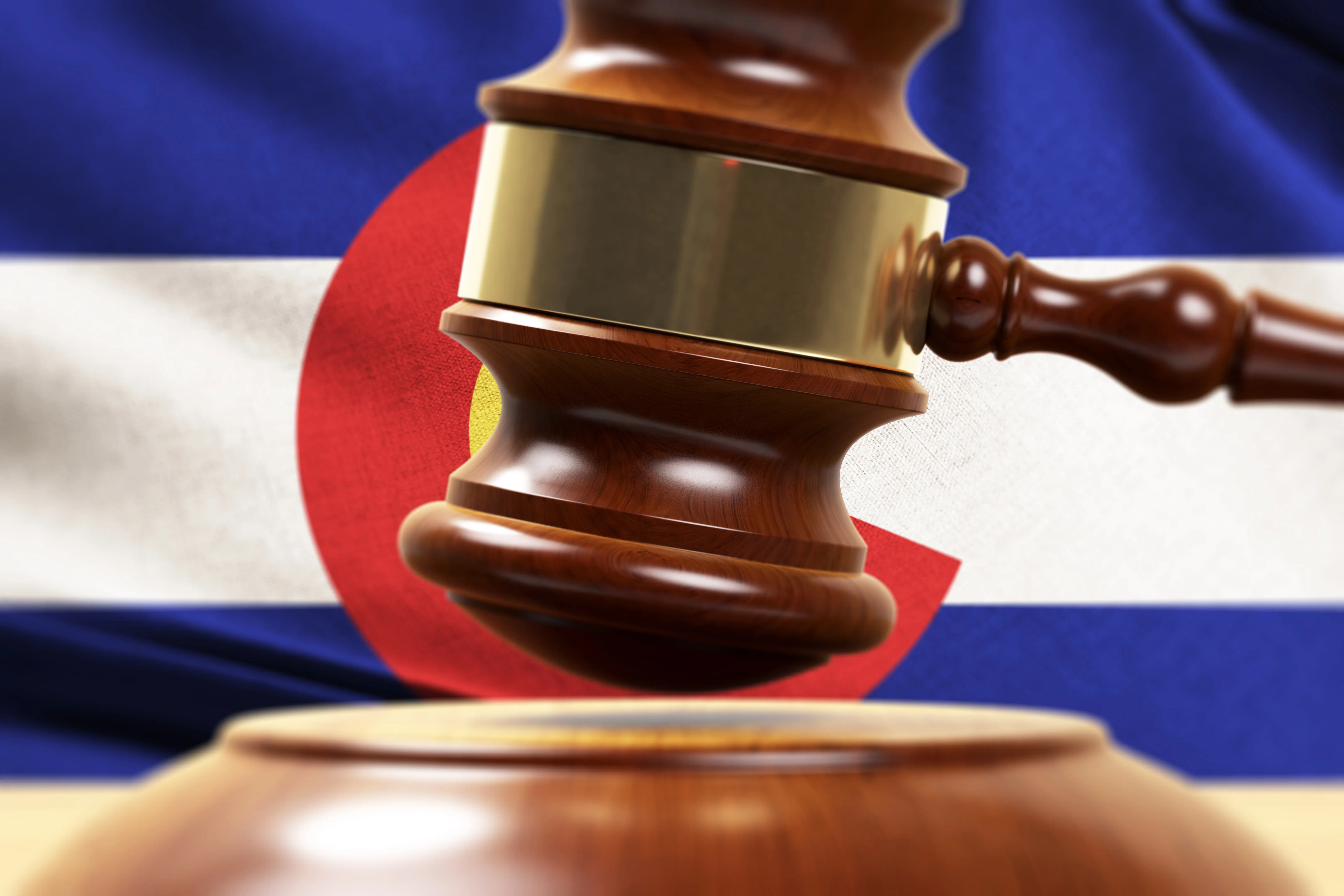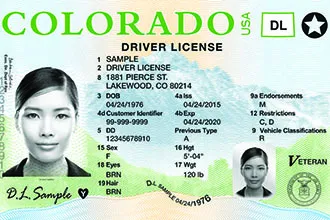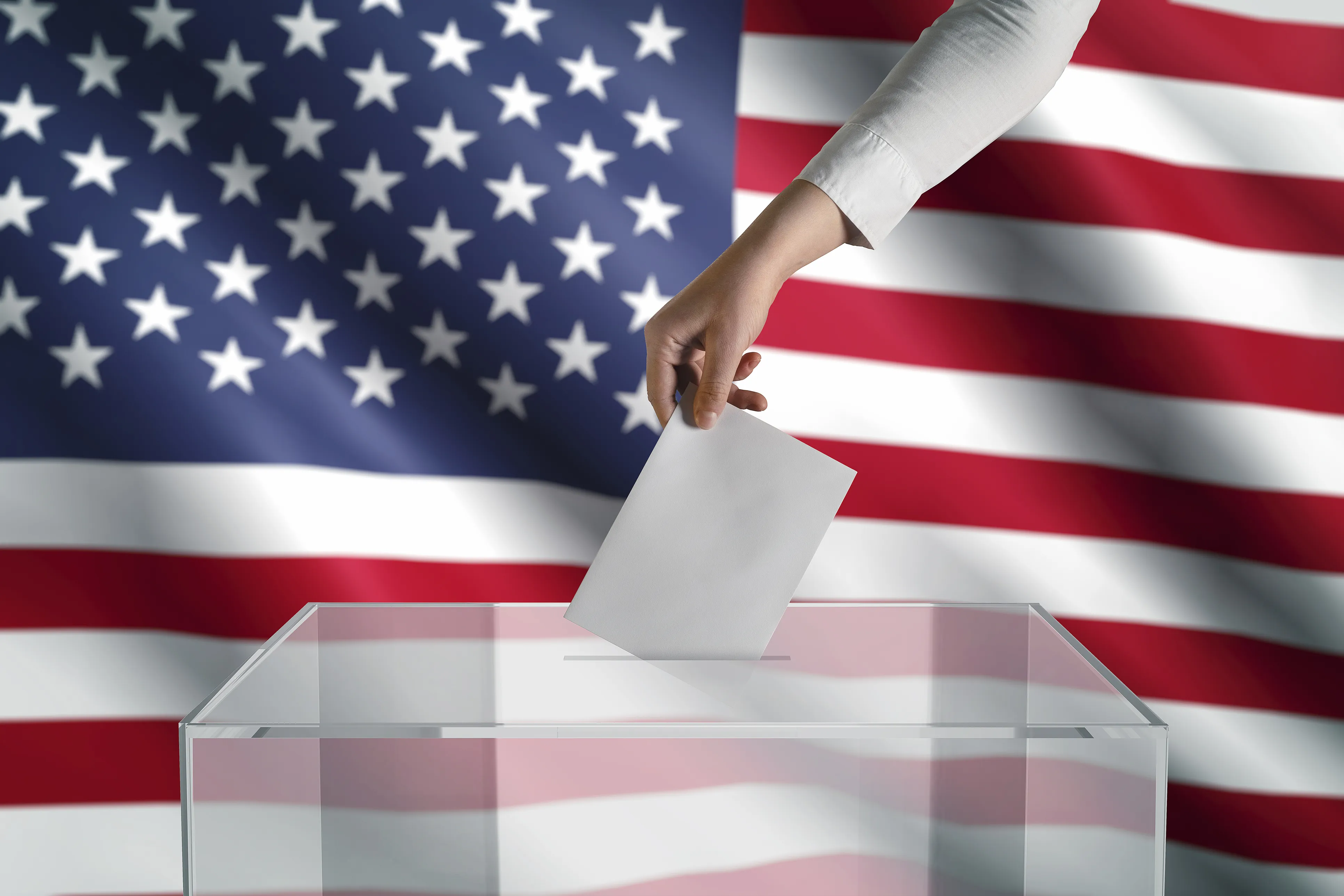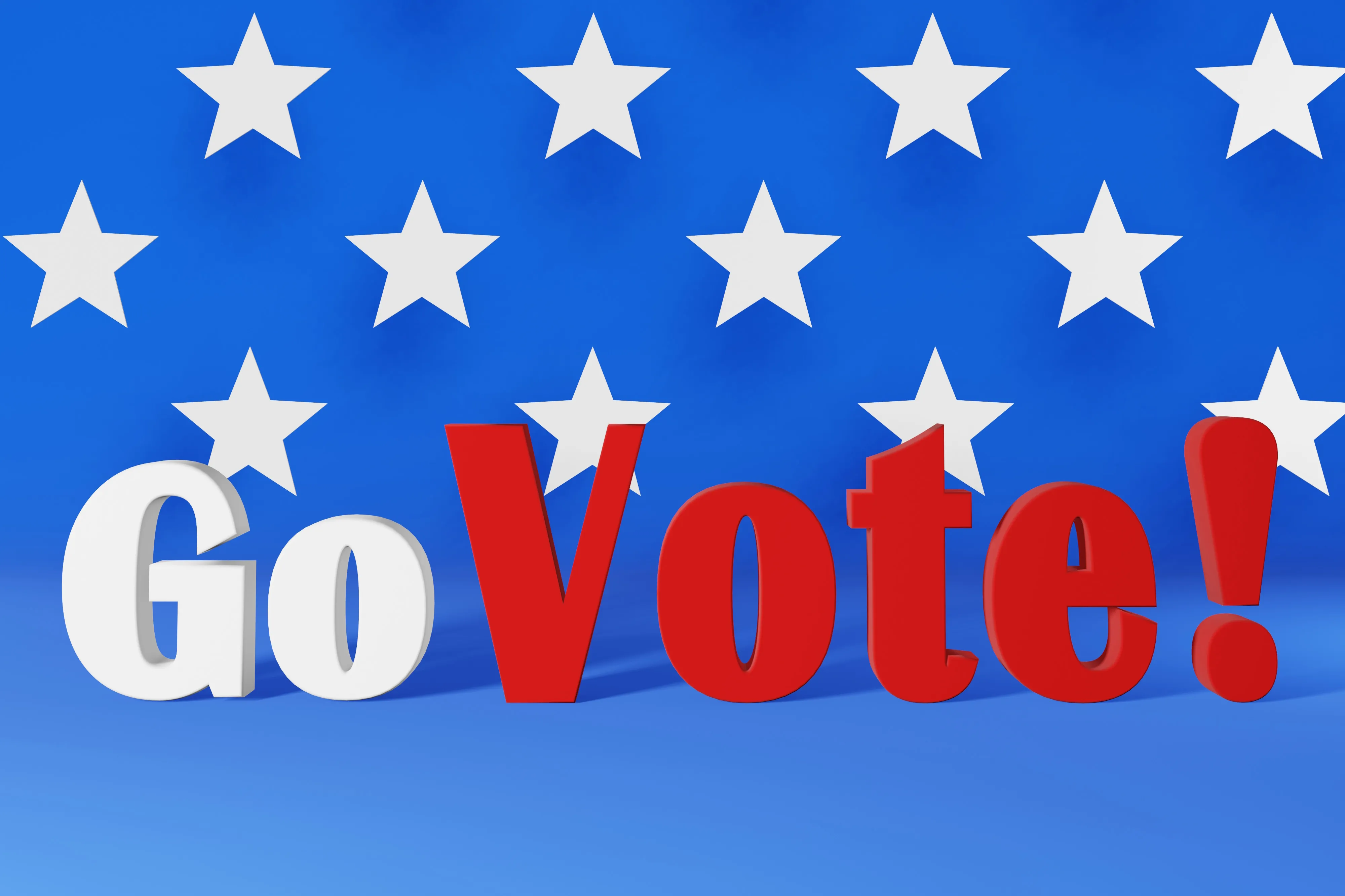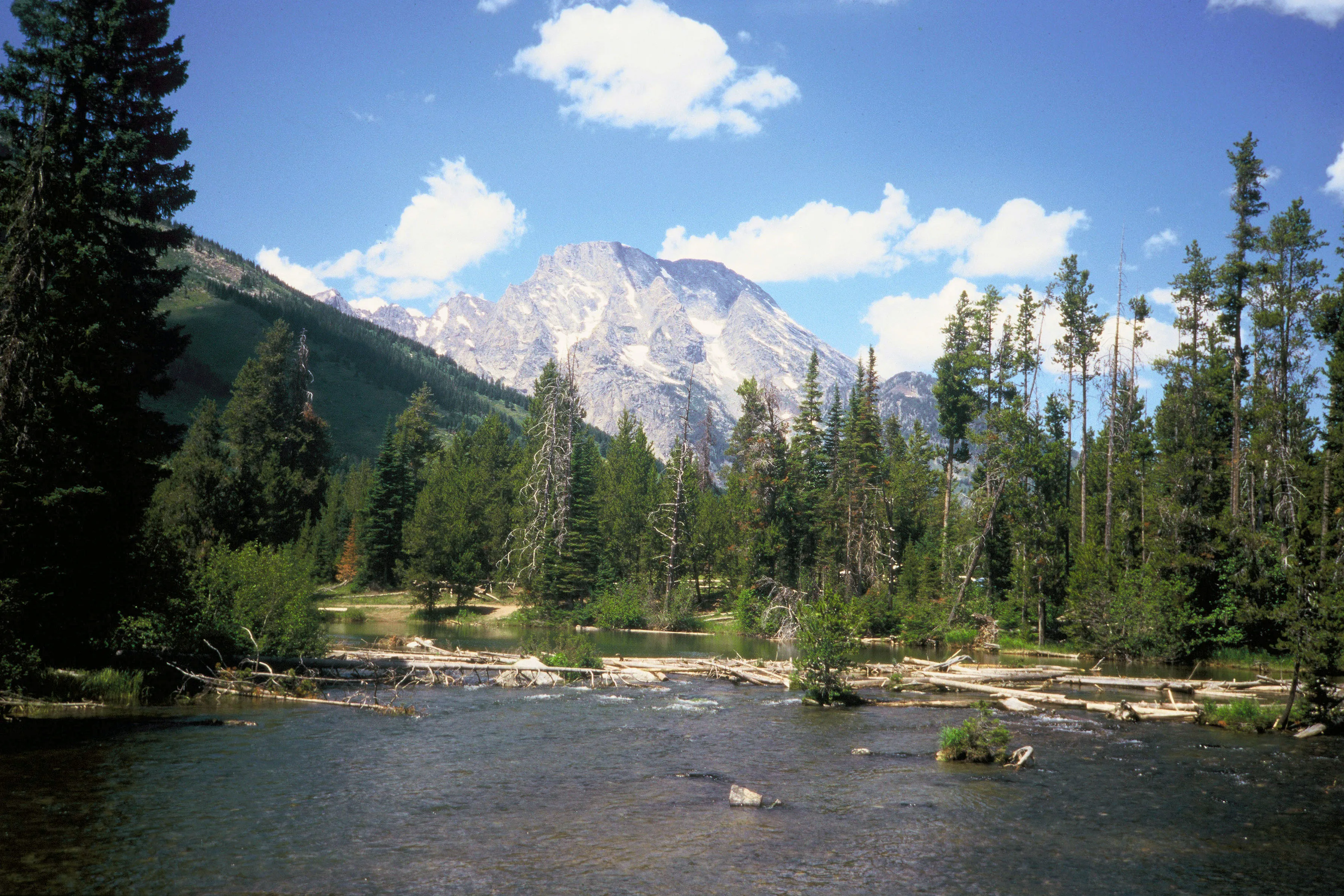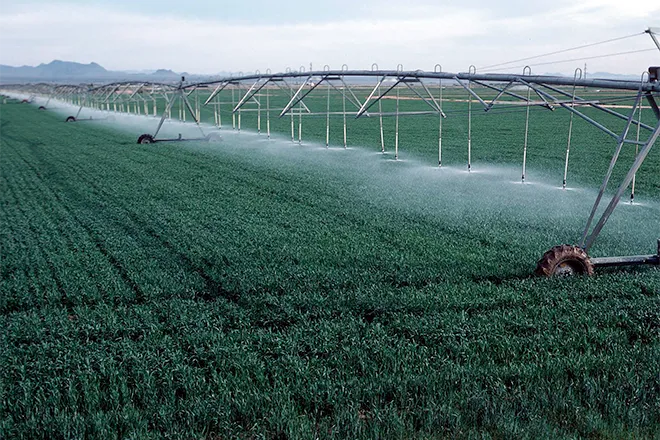
Commentary - Why South Dakota doesn’t need to close the ‘banana gap,’ and other lessons about trade and tariffs
Thanks to President Trump and his on-again/off-again tariffs, I’ve been thinking about wheat, oranges and bananas.
Almost 50 years ago, I took my only economics class at Wichita State University over a summer session. One of the ongoing examples of economics was Kansas’ production of wheat and Florida’s production of oranges.
While it seems obvious why Kansas grows wheat and Florida grows oranges, there is a lot of economics behind it — specifically, what economists call “comparative advantage.”
Kansas is a good place to grow wheat because of seasonal weather and miles of flat, fertile land. In fact, according to data from the National Agricultural Statistics Service, Kansas produces about 300 million bushels annually, making it America’s largest wheat producer.
Florida is a good place to grow oranges because of the warm weather and the right soil types. According to the Florida Department of Citrus, oranges produce over 70 percent of America’s citrus and generate over $9 billion in economic impact, supporting approximately 45,000 jobs.
Kansas could grow oranges, and Florida could grow wheat, but why should they?
Each state had a competitive advantage in growing their respective crops. Sure, Kansas could grow oranges — indoors, at great expense. The cost of the oranges would be prohibitive and not be enough to export.
Sure, Florida could grow wheat, but why produce such a low-value commodity when they have the warmth and growing season to grow oranges easily? This high-value commodity can be exported at a reasonable price for consumers.
So, Kansas grows wheat for the nation and the world; Florida grows oranges for the nation and the world. It’s a good system.
But what about bananas?
You go to the grocery store and buy bananas. There are usually bunches and bunches of them and cost relatively little. And where do they come from? Guatemala, Ecuador, Costa Rica, Colombia and Honduras.
American-grown bananas make up only 0.01 percent of total world production. According to the University of Florida’s Institute of Food and Agricultural Sciences, most come from Hawaii and Florida. The United States imports about 4 million metric tons of bananas a year, or about 27 pounds per person, according to Statista. According to the most recent data from the U.S. Bureau of Labor Statistics, bananas cost American consumers an average of 62 cents per pound.
So, America has a “banana gap” with much of Central America.
From what I understand about Trump’s trade policy, this is a problem. We run a deficit with these countries for bananas. Could America produce more bananas? Probably. The few we do grow are grown in Hawaii and Florida.
Closer to my home, could South Dakota grow bananas? I’m no agronomist, but probably. At great expense. Indoors. With a lot of resources, including fertilizer, propane or natural gas for heating, construction of large greenhouses, then setting up a distribution network.
My guess is that hardy South Dakotans could maybe — maybe — produce enough bananas for Sioux Falls. Maybe. At great cost. That might also mean we don’t produce as much of the stuff we’re good at producing, such as beef, hogs, corn and soybeans; processing credit cards; and providing excellent medical care. But we would have locally grown, expensive American bananas.
So, just as Kansas has a competitive advantage for wheat, and Florida for oranges, Central America has a competitive advantage for bananas.
That doesn’t wholly explain world trade, but it goes a long way in doing so.
But I have my doubts, sown by what I learned at Wichita State — home of the Shockers, a reference to “shocking” or harvesting wheat.
To be fair to President Trump’s position, tariffs can serve strategic purposes. Proponents argue that tariffs can help address national security concerns by reducing dependency on foreign suppliers for critical goods and protecting domestic manufacturing capabilities.
Additionally, these measures might provide leverage in negotiating more favorable trade terms with countries that have historically imposed higher tariffs on American goods. Some defenders maintain that tariffs can help revitalize manufacturing regions that have suffered from globalization’s effects and protect American workers from what they view as unfair international competition.
I hope President Trump, a graduate of the Wharton School of Business at the University of Pennsylvania, also learned this lesson: Yes, we have no (need to grow) bananas.

